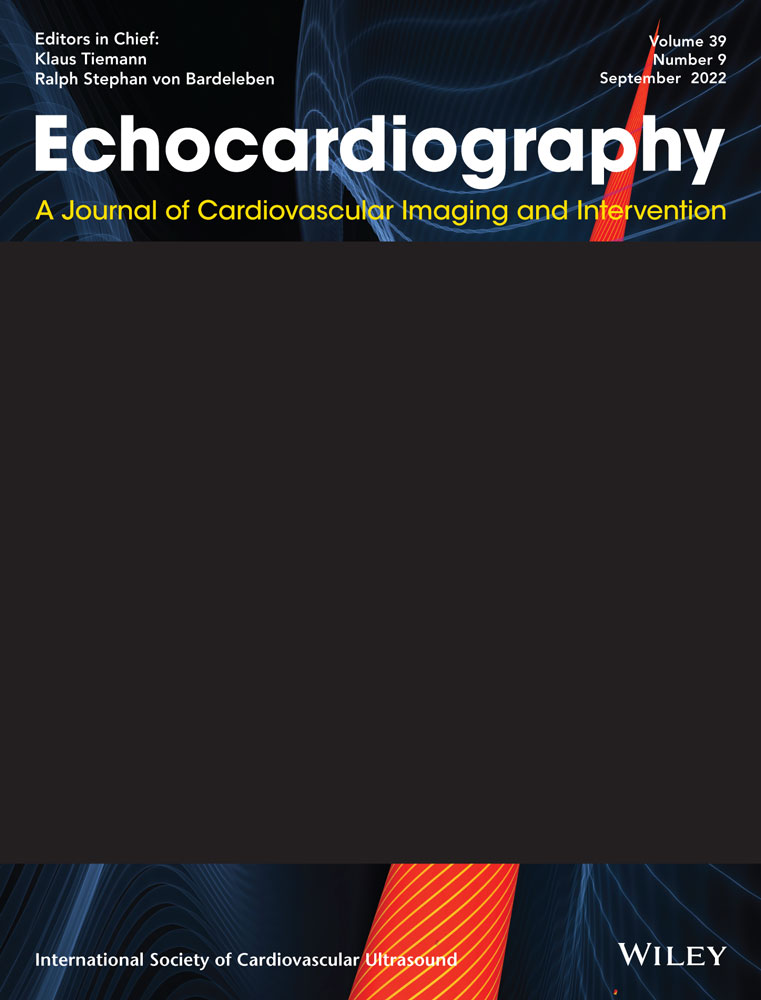The usefulness of speckle tracking echocardiography in identifying subclinical myocardial dysfunction in young adults recovered from mild COVID-19
Elisa Gherbesi, Luca Bergamaschi, Carmine Pizzi and Alberto Barosi have contributed equally to this work.
Abstract
Background
Myocardial strain assessed with speckle tracking echocardiography is a sensitive marker of cardiac dysfunction. Both left-ventricular global longitudinal strain (LV-GLS) and right ventricular longitudinal strain (RV-LS) were affected by severe SARS-CoV-2 infection. However, data about cardiac involvement in patients with asymptomatic/mild Coronavirus disease-19 (COVID-19) is still lacking.
Aim
To evaluate myocardial function using LV-GLS and RV-LS in patients with previous asymptomatic/mild COVID-19.
Methods
Forty young adults without previously known comorbidities/cardiovascular risk factors and with a confirmed diagnosis of asymptomatic or paucisymptomatic SARS-CoV-2 infection were retrospectively included. A 2D-transthoracic echocardiogram with speckle tracking analysis was performed at least 3 months after the diagnosis. Forty healthy subjects, matched for age, sex, and body surface area in a 1:1 ratio were used as the control group.
Results
Left ventricular ejection fraction (LVEF), tricuspid annular plane systolic excursion (TAPSE) and RV-LS were comparable between the two groups. LV-GLS was significantly lower in the cases compared to the control group (−22.7 ± 1.6% vs. −25.7 ± 2.3%; p < .001). Moreover, the prevalence of regional peak systolic strain below −16% in at least two segments was three times higher in patients with previous COVID-19 compared to controls (30% vs. 10%, p = .02). In multivariable logistic regression, previous COVID-19 infection was independently associated with reduced LV-GLS values (p < .001).
Conclusion
SARS-CoV-2 infection may affect left ventricular deformation in 30% of young adult patients despite an asymptomatic or only mildly symptomatic acute illness. Speckle-tracking echocardiography could help early identification of patients with subclinical cardiac involvement, with potential repercussions on risk stratification and management.




